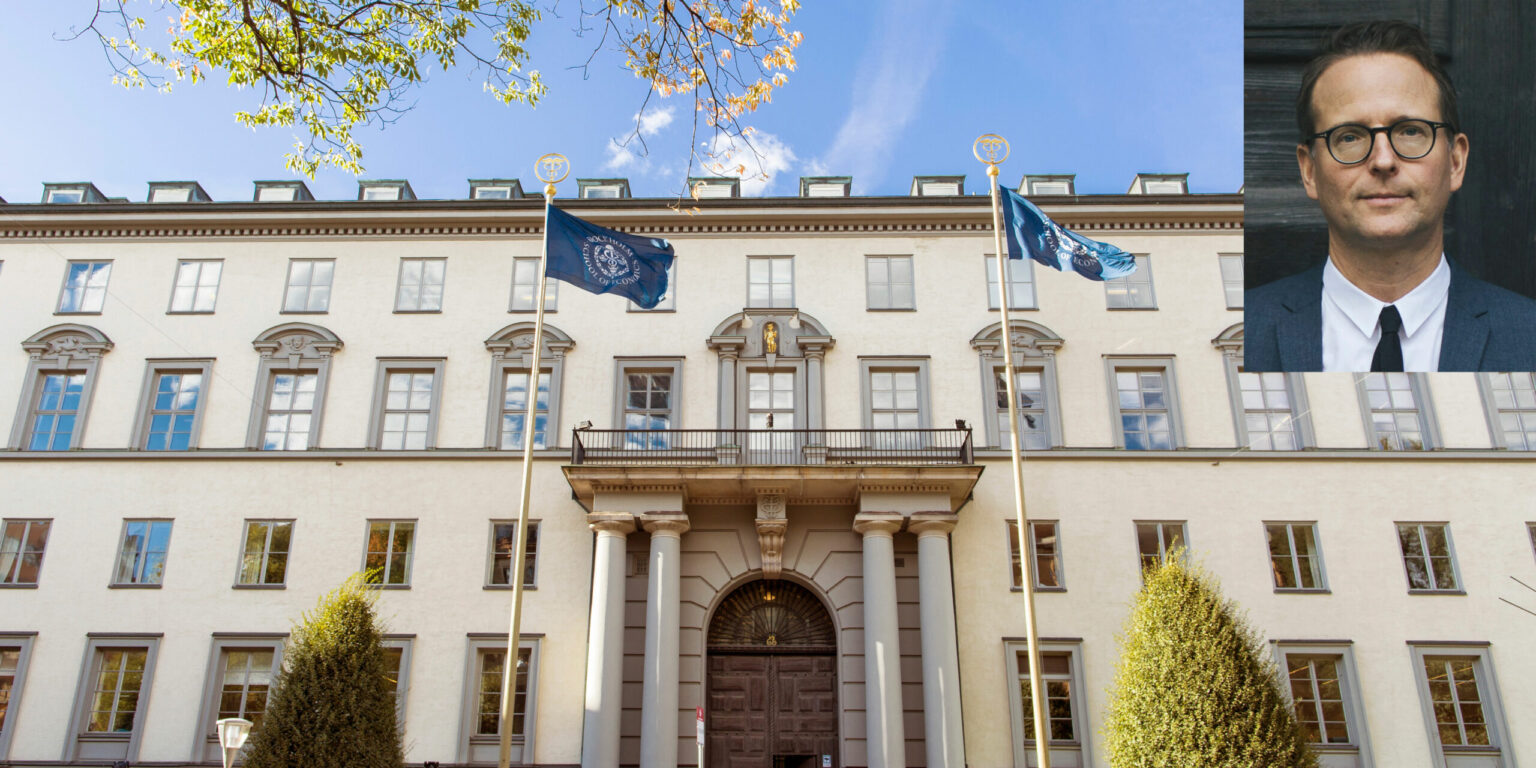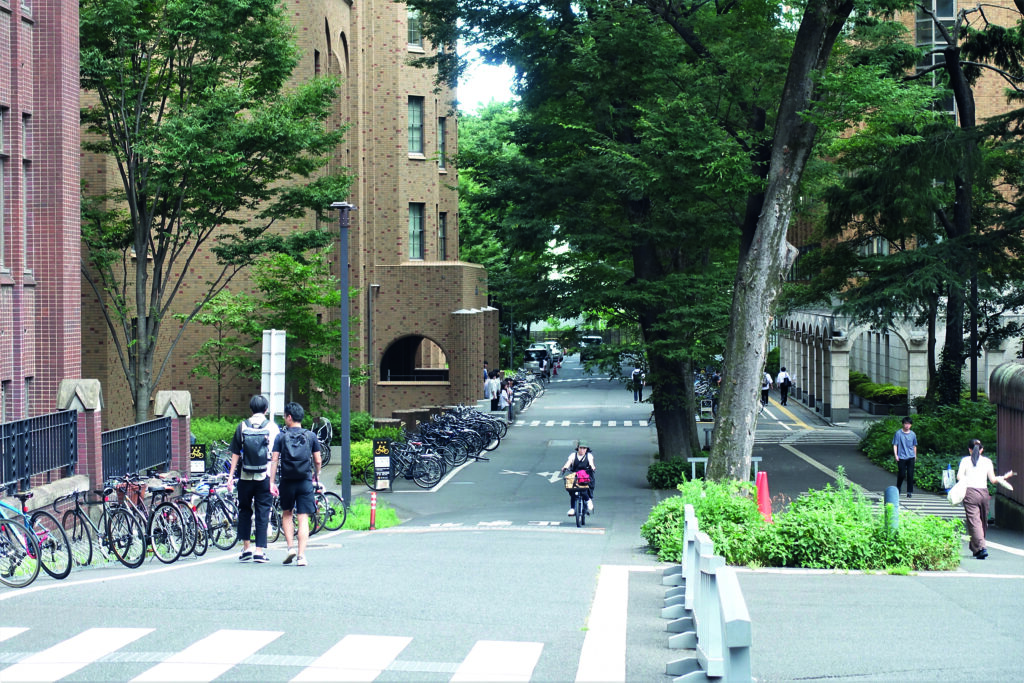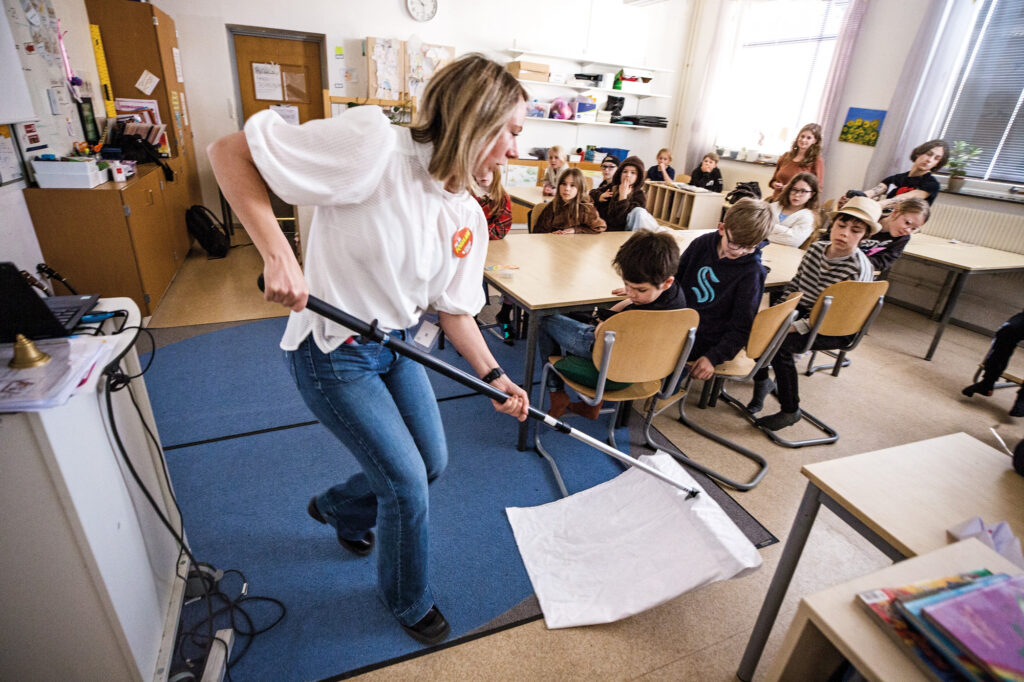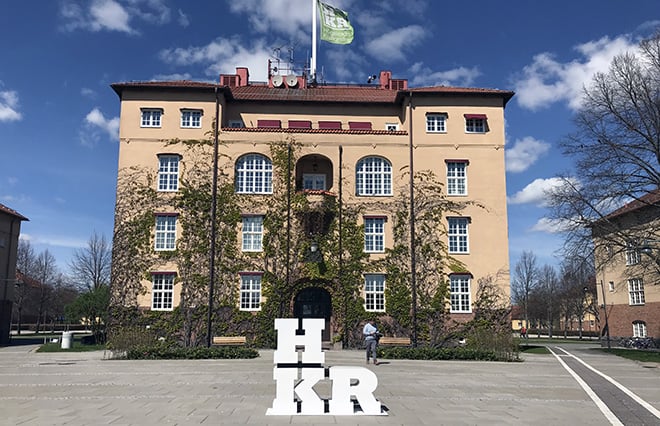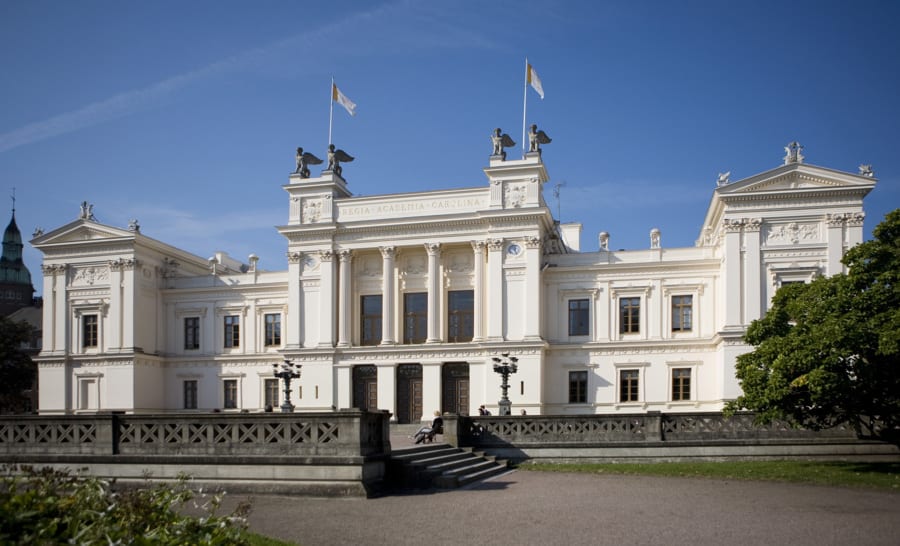Lars Strannegård at the Stockholm School of Economics tops this year’s salary league table of vice-chancellors at Swedish universities and colleges, with a monthly salary of SEK 231,000. He is followed by the vice-chancellors of Chalmers, Karolinska Institutet and Jönköping University.

Weighty subjects such as economics, technology and medicine seem to give financial boosts to vice-chancellors.
Three of the four higher education institutions that pay their vice-chancellors the most are also independent higher education providers: the Stockholm School of Economics, Chalmers and Jönköping University. Soft subjects and small higher education institutions, on the other hand, are poor arguments in the annual salary review.

Female vice-chancellors paid less
At the bottom of the salary league table are the University of Arts, Craft and Design, the Royal College of Music and the Royal Institute of Art. All three also have female vice-chancellors.
Female vice-chancellors, who make up approximately a third of vice-chancellors in Sweden, have an average salary that is around SEK 10,000 lower per month than the average salary of a male vice-chancellor. But if you compare the salaries of vice-chancellors at higher education institutions of similar size, there is little difference between genders.
Since last year, Uppsala University and Lund University have fallen from fifth and sixth place respectively to seventh and eighth place in the salary league table. The reason for this is that both have new vice-chancellors with slightly lower starting salaries than the final salaries of their predecessors.
Increasing salary costs for vice-chancellors
In total, the salary costs for vice-chancellors have increased by two per cent since last year. In money terms, Lars Strannegård receives SEK 4,356 more in salary each month. Agneta Marell at Jönköping University SEK 3,400 more and Ole Petter Ottersen at Karolinska Institutet SEK 2,500 more.
For others, the salary increases are between one and two thousand kronor per month.
